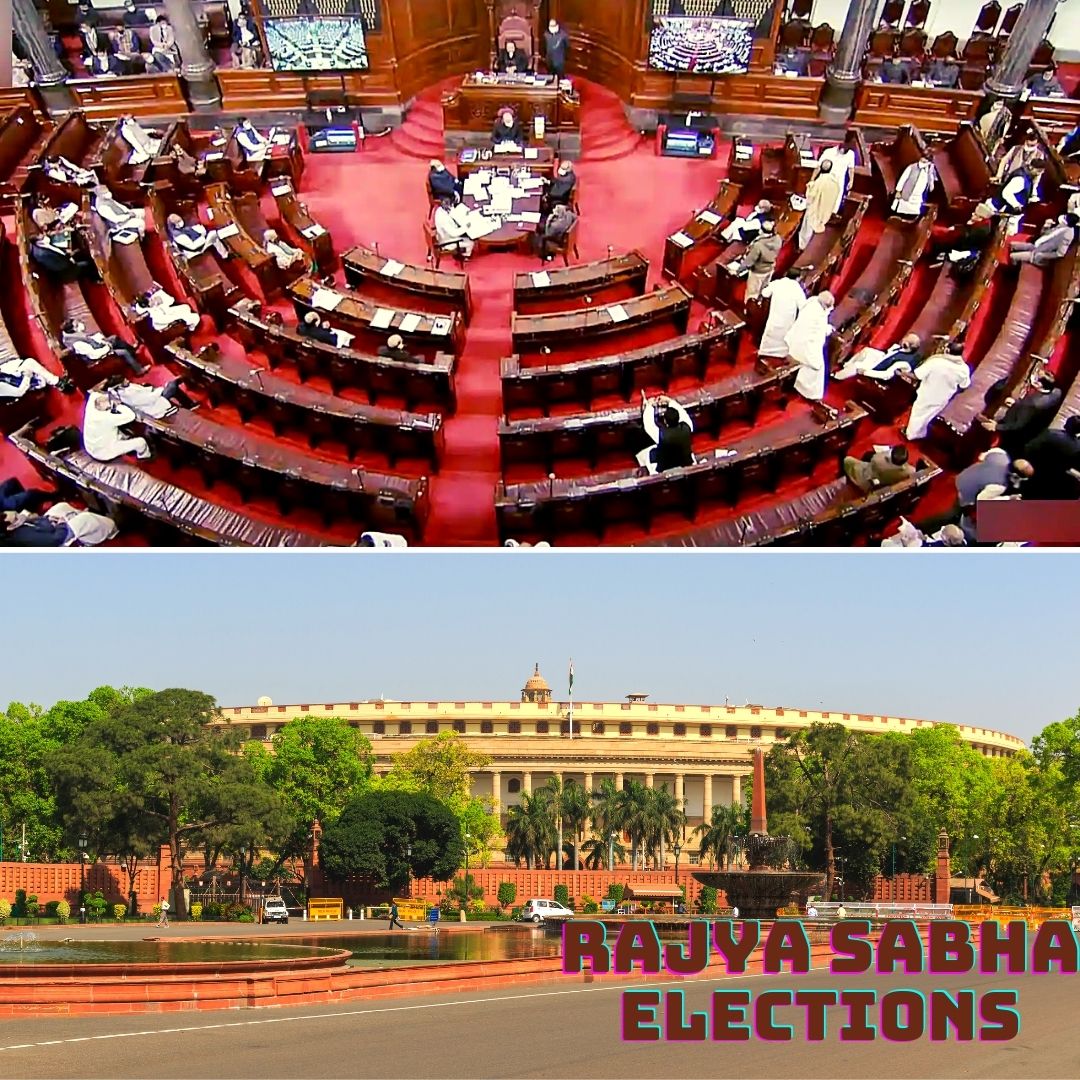
Image Credit- India Today, Wikipedia
What Is Preferential Voting System Of Rajya Sabha? Here's How It Is Different From Simple Majority
Writer: Mrinalini Kaushik
She is a student of journalism, keen on learning new ways to unlearn, deconstructing news and life. Interested in exploring new media as medium is the message. Avid follower of sports and politics
India, 12 Jun 2022 12:45 PM GMT
Editor : Shiva Chaudhary |
A post-graduate in Journalism and Mass Communication with relevant skills, specialising in content editing & writing. I believe in the precise dissemination of information based on facts to the public.
Creatives : Shiva Chaudhary
A post-graduate in Journalism and Mass Communication with relevant skills, specialising in content editing & writing. I believe in the precise dissemination of information based on facts to the public.
One often gets confused with the voting process of Rajya Sabha as its elections commence. Here's a look at the different voting systems used in the Houses of Parliament to provide clarity.
Elections for 57 seats in the Rajya Sabha of 15 states were held on Friday, June 10, 2022. With 41 seats already filled due to unopposed candidates getting elected, only 16 seats from states - Maharashtra, Haryana, Rajasthan and Karnataka are left.
The pattern of voting for Rajya Sabha seats is different from that of Lok Sabha, and the former uses preferential voting rather than a simple majority of the latter. Let's look at how they are different.
Simple Majority In Lok Sabha
In Lok Sabha elections, the first-past-the-post system is used for voting. In this voting process, the candidate with the most significant number of votes wins, which is called a direct method of voting as the people of India themselves vote for their representatives in the government.
It is through a simple majority, implying that a party wins after it reaches a specific number of votes which is the majority. For example, in Lok Sabha, there are 543 seats and two reserved Anglo-Indian seats, and its simple majority to form a government is around 270, 50 per cent of its strength, as cited in The Hindu.
Preferential Voting In Rajya Sabha
The allocation of seats in Rajya Sabha is based on 'proportional' representation, meaning on the grounds of the population in each state.
As opposed to the Lok Sabha voting system, Rajya Sabha uses indirect voting where the people-elected representatives cast their votes to choose Rajya Sabha members. This voting method is called the single-transferable vote, which happens on an open ballot. It follows the preferences of the voters in a numerical sequence as cited in DNA India.
What Is The System Of Single-Transferable Vote?
The Members of the Legislative Assembly (MLA) do not vote for each seat, which would inevitably give power to the ruling party in Lok Sabha as they are in the majority. On the contrary, MLAs list candidates from various parties, regional or national, according to their preferences in a numerical sequence on the ballot, as cited in the Financial Express.
There is a qualifying threshold set for each seat. If one candidate crosses it, they get selected from that seat and state. Then, to fill the other seats, the votes are counted from that same ballot, now considering the name of the second-ranked candidate. The process is repeated continuously until all seats are filled.
Also Read: Breaking Stereotypes! Gujarat Woman Marries Herself In India's 1st Instance Of Sologamy
 All section
All section













